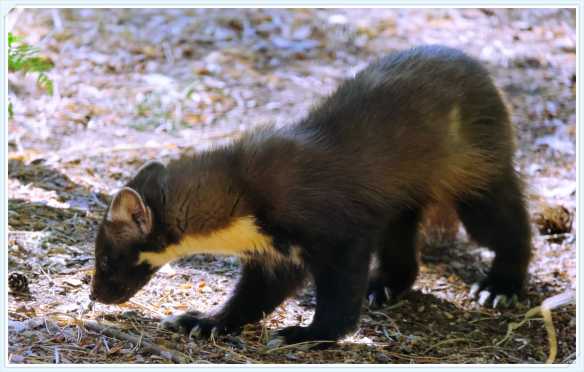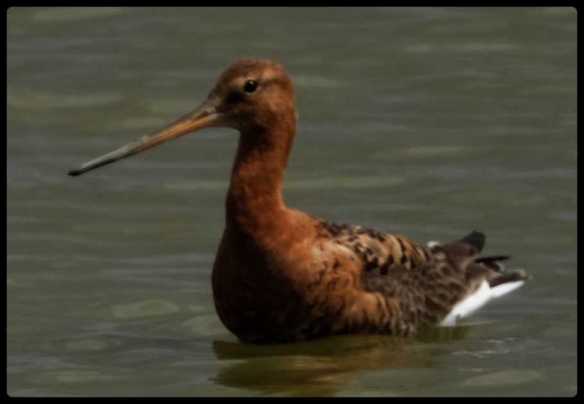
Black-tailed Godwit feeding in South scrape at Titchfield Haven National Nature reserve Hampshire UK also a Redshank getting in on the meal.
(Sound if turned on Black-headed Gulls and Common terns in the background)


Black-tailed Godwit feeding in South scrape at Titchfield Haven National Nature reserve Hampshire UK also a Redshank getting in on the meal.
(Sound if turned on Black-headed Gulls and Common terns in the background)
Able to get a close view of a few a few Redshank this morning. I have posted pictures of this bird in the past. Some links below.
It is quite interesting how the same species plumage changes at different time of the year.








Common Terns are sleek and elegant in the air they are able to hover and dive down into the sea to catch their food. Common Terns mainly eat small marine fish, but will also eat aquatic insects and crustaceans.


These birds were fishing at Titchfield Haven this morning.




Watching the New Isle of Wight fast jet “Redjet 6” which was named yesterday by The Duchess of Cornwall. While coming past Calshot Castle it forced a group of Canada Geese into the air.




Pine Martens are a rare and elusive animal which is mostly found in the North of Britain. They prefer wooded areas, they climb well and live in holes in trees, such as old squirrel dreys. They feed on small rodents, birds, eggs insects and fruit, they can be encouraged to visit bird tables. Despite looking in Scottish woodlands and forests I have not seen one in the wild. This captive animal is in the New Forest Animal Sanctuary.


Captive animals rather than in the wild but a chance to see these animals.
Otters




A bird with many names. – Northan Lapwings also call Peewit after their call “PEEWIT” – tuit or tew-it, green plover, or just lapwing, are also names this bird is known by.


Much of the farmland where I watched these birds as a child is now housing estates this and changing farming methods have led to a large decline in this species numbers in recent years.





I counted about 33 Avocets yesterday from bird hides in Titchfield Haven. A lot of juvenile birds among the adult birds so I would say it has been a successful season for them.




This morning a flock of about 20 Black-tailed Godwit’s flew into Titchfield Haven. I have seen one or two over the last few weeks but this was the largest group.
Black-tailed Godwits are large wading birds in summer they have striking bright orange-brown chests and bellies, but in winter they are more greyish-brown. Most distinctive features are their long thick beaks and legs. The female birds are bigger and heavier than the males, with a noticeably longer beak.




Common Terns have started using this island at Titchfield Haven to rest on when the tide is in and there is no beach for them. A few weeks ago the islands were fully occupied by the colony of breading Black-headed gulls.




Below is a young Common tern and Black-headed Gull, It was interesting to watch this Juvenile pair happy together and learning the art of catching something in the water together.


